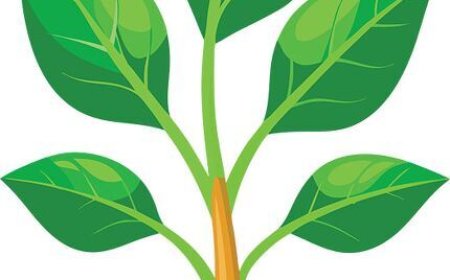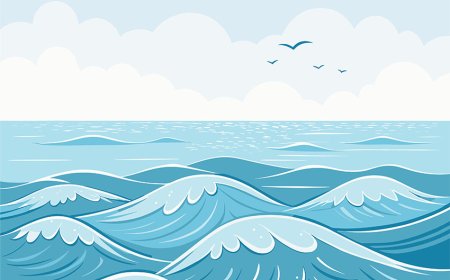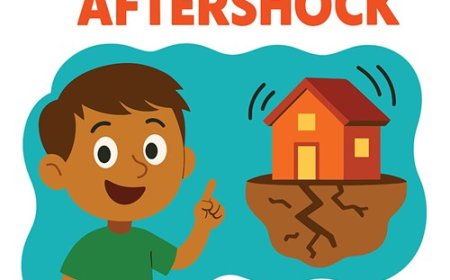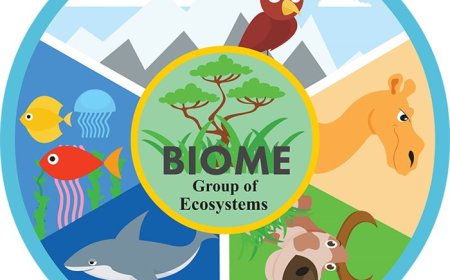Volcanoes: What They Are, How They Form, and Fun Facts for Students
Discover how volcanoes work, why they erupt, and where they are found. Learn about famous eruptions and how people stay safe.
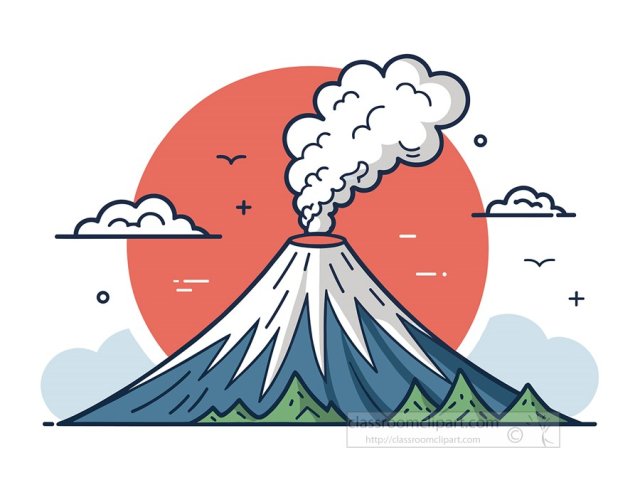
🌋 Volcanoes: Mountains That Erupt
🎯 Introduction
A volcano is a mountain or opening in Earth’s crust where magma, gases, and ash can escape from inside the planet. When a volcano erupts, it can shape landscapes, create new islands, and even change the climate.
Some volcanoes erupt quietly with flowing lava. Others explode with huge clouds of ash and rock. Learning about volcanoes helps us understand Earth’s powerful forces and prepare for natural disasters.
🌍 How Volcanoes Form
Earth’s surface is made of tectonic plates that move slowly. When these plates:
- Pull apart (diverge), magma rises to fill the gap.
- Push together (converge), one plate may sink, melt, and cause magma to rise.
- Slide over hot spots, magma pushes through thinner crust.
Key Features:
- Magma Chamber: Pool of melted rock under the volcano.
- Vent: Opening where magma escapes.
- Crater: Bowl-shaped area at the top.
- Lava: Magma that reaches the surface.
🌋 Types of Volcanoes
-
Shield Volcano
- Wide and gently sloping.
- Lava flows easily.
- Example: Mauna Loa in Hawaii.
-
Composite (Stratovolcano)
- Steep, tall, cone-shaped.
- Explosive eruptions.
- Example: Mount Fuji in Japan.
-
Cinder Cone
- Small, steep-sided.
- Made of ash and rock.
- Example: Paricutin in Mexico.
-
Caldera
- Huge crater formed when a volcano collapses.
- Example: Yellowstone Caldera, USA.
🧬 Classification and Scientific Background
Classification:
- Geological feature
- Natural hazard
Scientific Details:
- Magma forms deep underground.
- Gas pressure builds up until it forces magma out.
- Ash, rock, and gas can rise miles into the sky.
Eruption Styles:
- Effusive: Lava flows steadily.
- Explosive: Ash and rock blast out.
🌋 Famous Volcanoes and Eruptions
- Mount Vesuvius (Italy): Destroyed Pompeii in 79 CE.
- Krakatoa (Indonesia): 1883 eruption heard thousands of miles away.
- Mount St. Helens (USA): Exploded in 1980.
- Eyjafjallajökull (Iceland): 2010 eruption disrupted air travel.
💪 Why Volcanoes Matter
- Create new land.
- Make rich soil for plants.
- Show how Earth changes over time.
🧯 Volcano Safety
Before an Eruption:
- Know evacuation routes.
- Keep emergency supplies.
During an Eruption:
- Follow warnings.
- Wear masks to avoid breathing ash.
- Stay indoors.
After an Eruption:
- Avoid damaged buildings.
- Watch for mudflows and landslides.
🌟 Interesting Facts
- Over 1,500 active volcanoes exist on land.
- The largest volcano on Earth is Mauna Loa.
- The word “volcano” comes from Vulcan, the Roman god of fire.
🧠 Kid-Friendly Summary
A volcano is a mountain that can erupt with hot lava, rocks, and ash. They form where Earth’s plates move. Volcanoes help shape our planet, but they can also be dangerous. Scientists study volcanoes to keep people safe.
✨ Key Takeaways
- Volcanoes form where magma rises through the crust.
- Eruptions can be gentle or explosive.
- Famous eruptions have changed history.
- Volcanoes create land and enrich soil.
📖 Vocabulary Words
| Word | Definition |
|---|---|
| Volcano | Opening where magma escapes Earth |
| Magma | Melted rock inside Earth |
| Lava | Magma that reaches the surface |
| Crater | Bowl-shaped area at the top of a volcano |
| Vent | Opening through which lava flows |
| Caldera | Large crater after a collapse |
| Eruption | Release of magma, gas, and ash |
| Ash Cloud | Fine rock particles ejected in an eruption |
| Tectonic Plate | Huge piece of Earth’s crust |


















































